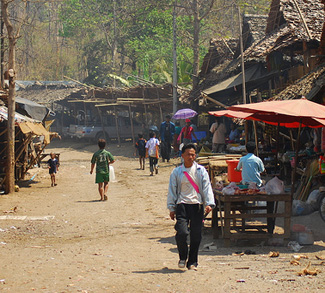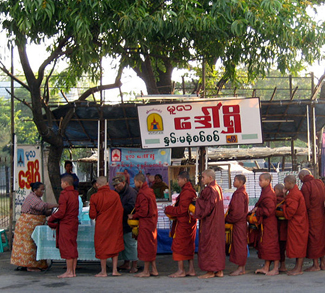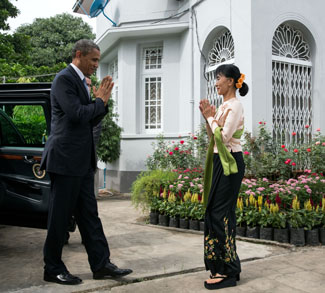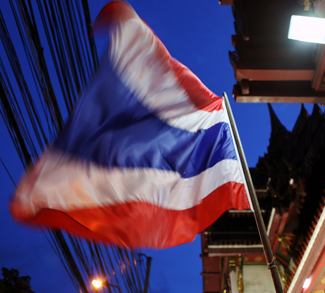For more information on the Rohingya, refer to Zak Rose’s backgrounder from earlier this week.
In early June, ten Rohingya were murdered after being mistakenly identified as the perpetrators of an earlier incident in which a group of Rohingya raped and killed a woman belonging to Rakhine’s Buddhist ethnic group. In the wake of these murders, outraged Rohingya responded with violence and were met in kind. These clashes gave rise to a drawn-out period of brutal, widespread attacks which have now been dubbed the “Rakhine Riots of 2012.” When the dust had settled, nearly a hundred Rohingya were dead, and thousands of others wounded or displaced.
The government of Myanmar quickly lost control of the situation, allowing the violence to spiral into chaos. Eventually, a state of emergency was declared in Rakhine, and the government deployed the military in an attempt to restore order. However, several reports that are damning towards military personnel have surfaced. They claim that the military exacerbated the human rights disaster by committing targeted violence against the Rohingya. The United Nations sent a special human rights envoy to report on the situation, but after identifying numerous injustices and abuses, the government of Myanmar dismissed him as unfavourably biased towards the Rohingya.
By now, the violence has mostly abated as entire communities of Rohingya have fled and are living in refugee camps within and nearby Myanmar. In the wake of this crisis, President Thein Sein has announced his intention to expel the Rohingya from the country. His plan would see them collected from the camps (and possibly from remaining communities in Rakhine) and taken to other countries for resettlement. This has gained him tremendous support among the Buddhist majority, including several prominent monks who hold considerable influence. In early September, they organized pro-government rallies in support of the President’s expulsion plan. These high-profile marches have illuminated the extent to which the Rohingya are reviled in Myanmar, even outside Rakhine. Quite notably, even Aung San Suu Kyi, Burmese opposition leader and outspoken champion of democracy, has been conspicuously silent on the issue.
The international community has been less amenable to the plan. President Thein Sein went to the United Nations Refugee Agency for assistance in this undertaking, but was denied. Outside of Myanmar, Myanmar government claims regarding the Rohingya, their heritage, and their place in Myanmar are not widely believed, and it is unlikely that the relocation plan will be endorsed by any international body.
It remains to be seen how the government will respond if it doesn’t receive any assistance in expelling the Rohingya from Myanmar. Given a widespread desire to distance themselves from human rights abuses, it is unlikely that the other countries of Southeast Asia will aid their neighbour in this plan. However, with no reconciliation on the horizon for the Rohingya and the Buddhist majority, these countries must also contend with a potential for refugees crossing their borders in large numbers. Bangladesh is among those countries already housing refugees, and problems have already begun to arise. In response, Dhaka has instructed humanitarian agencies to stop sending aid to the refugee camps within its borders in the hope that this will discourage further entry.
The most likely scenario for the time being is that the Rohingya will remain in the refugee camps they now occupy. Many are too fearful to return to their homes in Rakhine, and the government of Myanmar has yet to receive any international assistance for its relocation plan. If the reaction of Bangladesh is any indication, no neighbouring countries are particularly eager to welcome the Rohingya. For now, these displaced people are left with few options, forced to wait it out while President Thein Sein ponders his next move.




